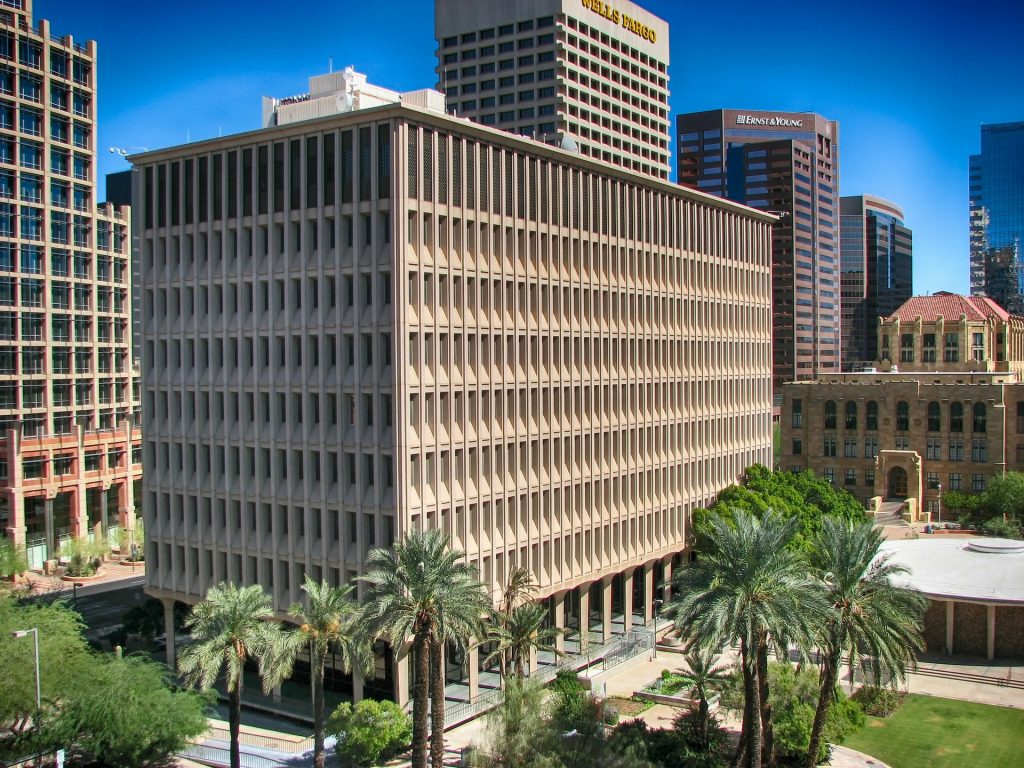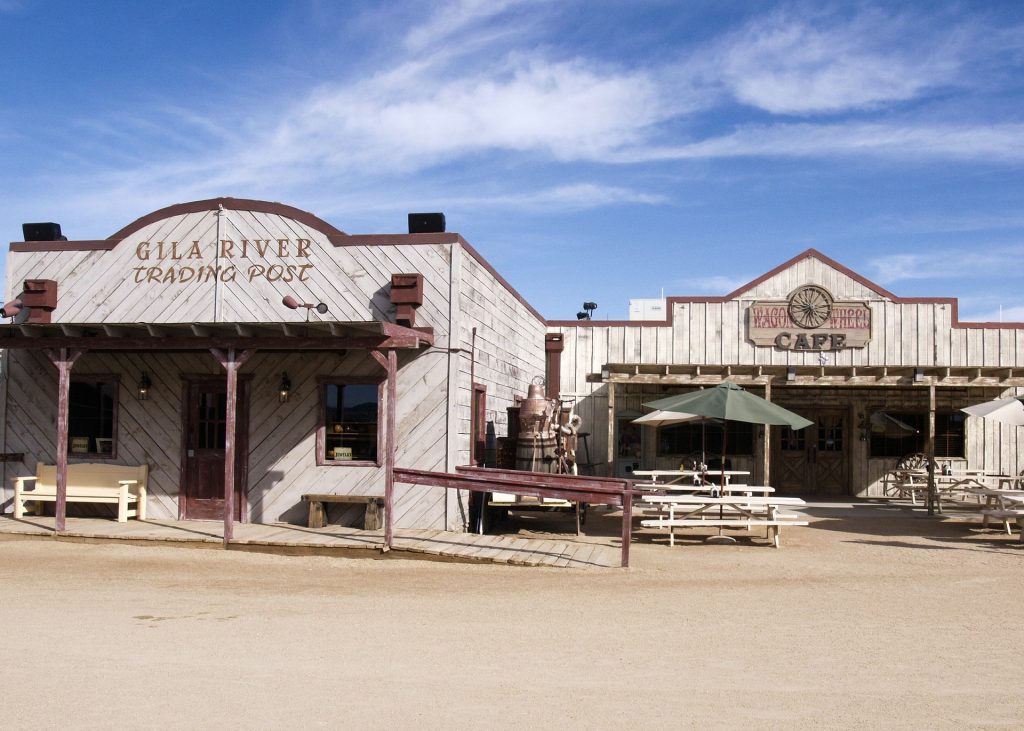Water in Arizona is a constant issue. The basis of the issue comes from the development of areas that wouldn’t normally be thought of as wet enough for human habitation. The resilience of the human spirit and the magic of modern technology has created a diverse, modern state in an area with some of the lowest amounts of available water in the United States. In this article, we’re asking the question “where does Arizona get its water” to help you get down to the specifics of the future of water in the Grand Canyon State.
Today we’re going to talk about some of the key information surrounding water in the Grand Canyon state. We’ll talk about Phoenix, as much of the important information we have surrounds Arizona’s biggest city. Then we’ll talk about the rest of the state and its water resources. We’re going to draw special attention to rural Arizona, and the plight of the farmers who call it home. Following that, we’re going to look at some of the possible future water restrictions, and what that could mean for Arizona residents.
Phoenix Water Supply
Most discussions about the future of water availability in Arizona begin with a discussion of Phoenix’s water. Phoenix is a marvel in terms of its management of water. Most of the water that Phoenix residents use every day comes from the Salt River Project, which uses a diverse canal system to bring water from the rivers Salt and Verde. The Central Arizona Project uses a similar system to divert water from the Colorado River.
Some of the water that Phoenix uses also comes from groundwater sources. Phoenix is also leading the research on reclaimed water, and the many uses for it.
Phoenix is one of the most critically planned water usage areas in the United States. Strict planning and complex actions to husband the water resources are important for Phoenix. One such plan is the Phoenix Drought Response Plan
Drought Response
The Phoenix Drought Response Plan is part of the Phoenix City Code and represents a comprehensive set of plans, measures and actions that outline how Phoenix can continue to manage its limited water resources. It basically outlines the fact that Phoenix has been dealing with drought conditions since its founding.
It outlines how Phoenix has managed and diversified its water resources, and encouraged water conservation and efficiency amongst both the civilian and commercial sectors. The Drought Response Plan also outlines what further drought conditions would look like, and their possible impact on life in Phoenix. Part of that is effective record keeping and the outlining of what steps Phoenix can take to increase the efficacy of its water resources.
The big takeaway is that reduction in water consumption rates has been and will continue to be Phoenix’s best strategy towards maintaining water availability.
Rural Water Supply
In other parts of Arizona, the Arizona Department of Water Resources helps to administer the Arizona Drought Preparedness Plan. This plan covers all aspects of developing water supply and encouraging conservation.
Part of the complexity of Arizona’s water supply issues comes from the great agricultural industry in the state. Cotton and hay make up a large portion of the crops, but beans, corn, beef and greens are all part of the cornucopia that Arizona produces. Looking just at the usage amounts, agricultural enterprises consume more than 70% of the water that comes from the Colorado River into Arizona. This is obviously a huge burden, and the agricultural sector has consistently been the first area to feel cutbacks and reductions in the availability of water.
Because of the increasing pressure on water sources in Arizona, farms have also turned to groundwater as a source of water. It’s more challenging to know how those efforts are going, as underwater sources are somewhat more challenging to measure than river canals.
Drought resistant crops and complex watering systems are being investigated, but the fact remains that increased conservation efforts are the main way to make sure Arizona has enough water moving forward.
Water Restrictions in the Future
The fact is that future water restrictions are likely in one form or another. There are many types of restrictions that are available, both outlined in the drought plans and not yet considered. Simply put, conservation, cooperation and overall reductions are planned by many in the upcoming years, as the water situation in Arizona becomes increasingly dire. There are federal and state sources of funding being considered as a sort of compensation for those who have their water allocations cut. Much of the cutbacks that are being considered are being pushed onto the agricultural sector. Financial compensation could help them to retrofit old systems that use water to make them more efficient. Compensation could also help them dig and maintain new sources of groundwater.
Water Conservation
In many ways, the key to helping these situations is linked to conservation. Most of the conservation efforts that Arizona residents have undertaken in the last 50 years have been effective, but increased efforts are still required. We’ve prepared some tips on how you can effectively conserve your own water, and many more are available online. The key takeaway is that you need to be aware of it every time you’re using water.
Outdoor Spaces
This makes up one of the most important areas where conservation can be practiced. Lawns and gardens made up of native Arizona plants are seeing an increase in representation. This is mostly due to the fact that native plants will generally require less water, and can better withstand drought conditions. Lawns should be kept smaller and longer, as less surface area and better shade can help to better utilize the available water.
Inside the Home
Low flow and energy-efficient appliances have gained popularity and momentum in Arizona, partially as a result of growing concerns over water availability. Making sure that these devices have been installed by professionals is also important, as is proper maintenance. Small leaks can be key areas where water is being consistently wasted.
All in all, we hope you now understand where Arizona gets its water from, and the issues surrounding the continued availability of water in the future. The next time you hear someone asking ‘where does Arizona get its water supply?’ you’ll be empowered to help them to understand the diversity of Arizona’s water resources.














